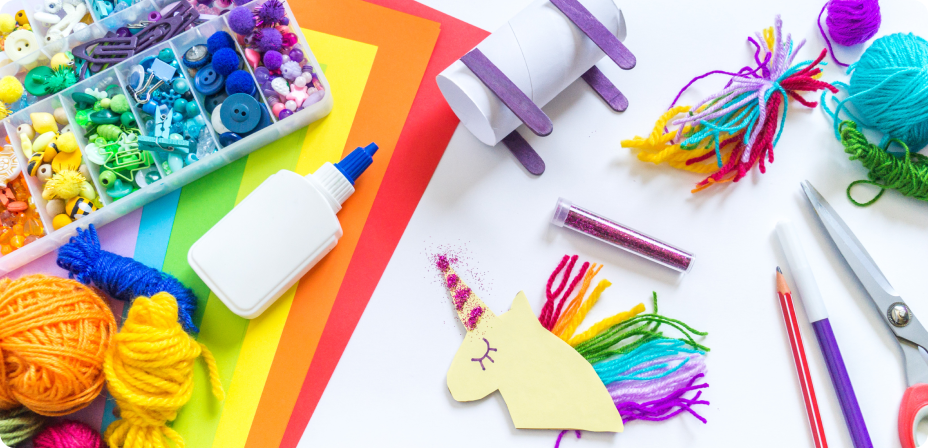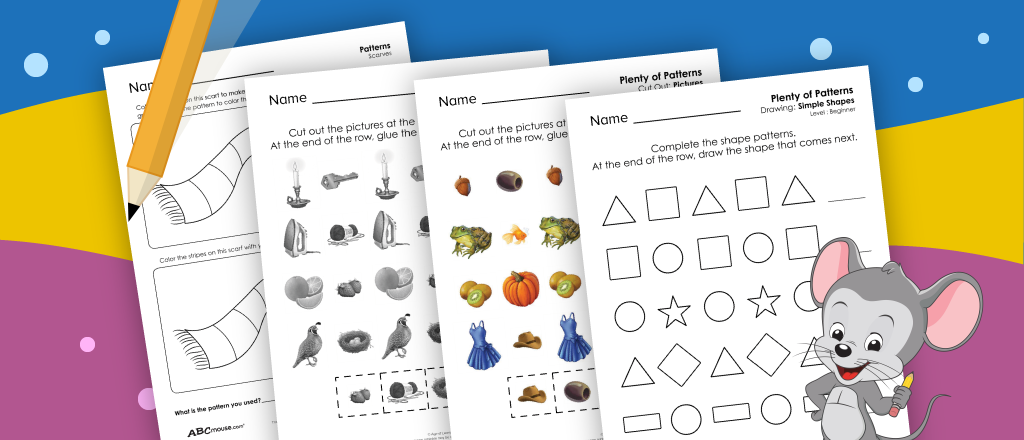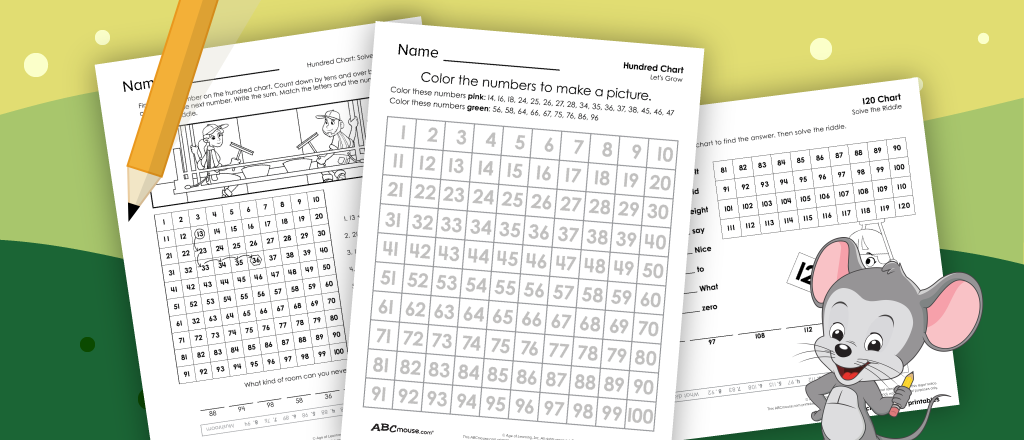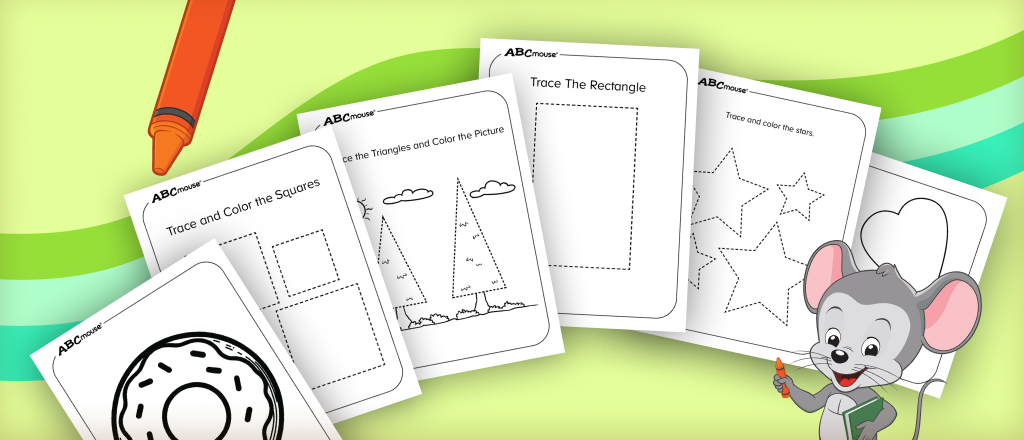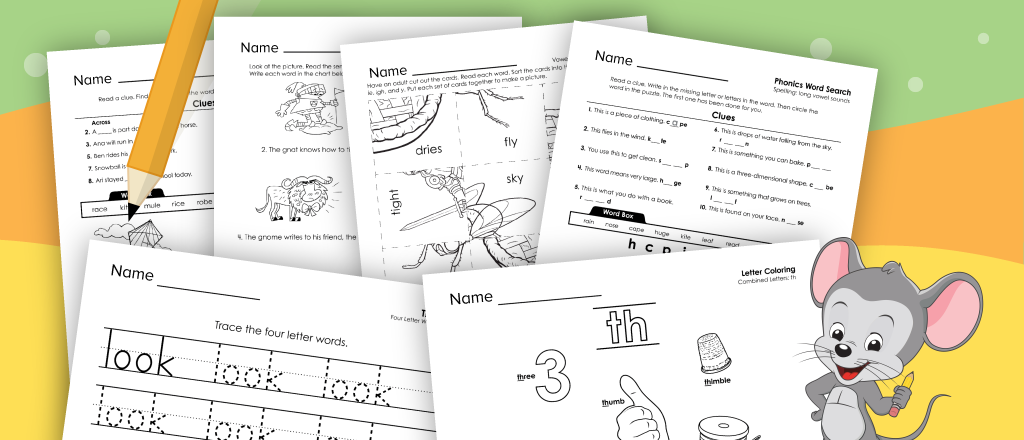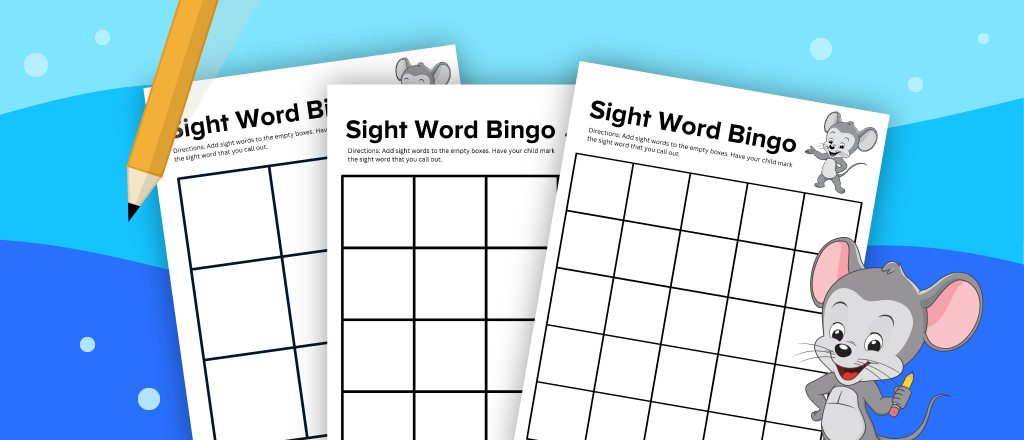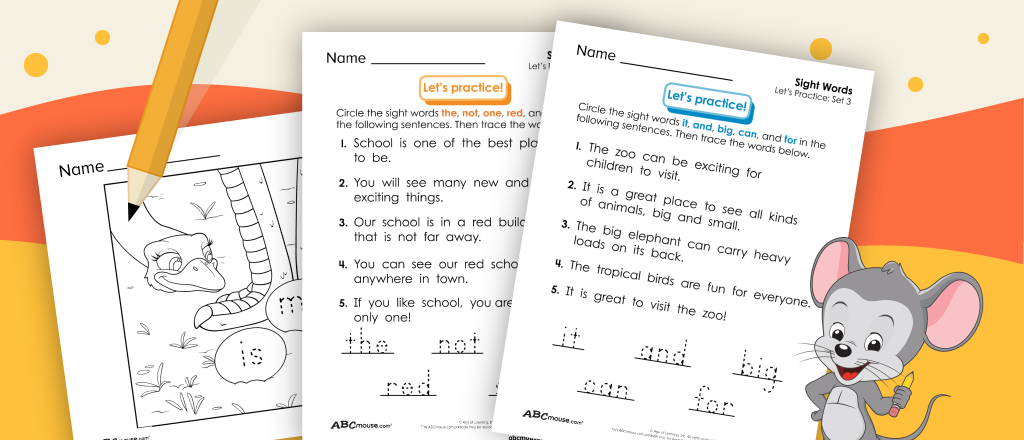Tips For Blending Sight Word Games into Your Child’s Learning

High frequency sight words are the words children see most often in books, making them a key piece of literacy instruction. While children should learn sight words phonetically at first, they eventually come to recognize them on sight, allowing their brains to instead focus on sounding out unknown words or follow events more closely in a story.
Because high-frequency words are such a useful tool for young readers, helping your child master them can improve their reading and spelling skills. In today’s digital age, integrating digital sight word games into your child’s learning routine offers an engaging and interactive approach that’s backed by research.
According to a study summarized on Frontiers in Psychology, “The combination of multiple sensory stimuli (e.g., visual, audio, verbal, tactile, and olfactory) in instructional content is known to promote cognitive performance, sense of presence, and learning engagement.”
If you’re considering adding digital sight word games into your children’s educational activities, here are a few practical tips to help get you started.
How to Add Sight Word Games to Your Child’s Learning Routine
- Establish a Routine
Incorporate digital sight word gameplay into the daily learning schedule. This could be a short session after homework or a playful activity before dinner. Consistency helps children develop a habit and a positive attitude toward learning.
- Combine it with Other Activities
Complement digital learning with hands-on sight word activities to help commit new information to memory. For example, after playing a digital sight word game, encourage children to write down the words they learned using crayons or markers and adding an illustration of the word or using the word in a silly sentence.
- Encourage Reflective Discussion
When your child finishes their sight word games, discuss the new words they learned. Ask your child to use the words in sentences or point them out in a storybook. This can reinforce their learning and helps keep you involved in their studies.
- Set Achievable Goals
Establish simple, clear objectives like “learn five new sight words a week” and use sight word games as a way to help achieve these goals. Celebrating achievements can motivate further learning and offering encouragement when your child struggles with a new word can help them work through it.
#1 Downloaded Kids’ Education App in the U.S.
The ABCmouse app has so much to offer! You and your child will find 10,000+ games and activities designed by curriculum experts to nurture math and reading skills, along with an extensive digital library and so much more. Our research-back curriculum focuses on preschoolers through second graders.
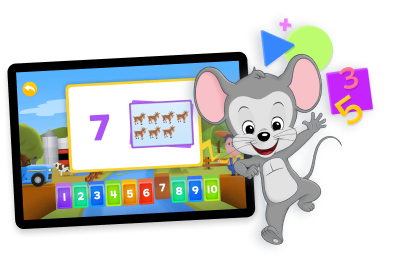
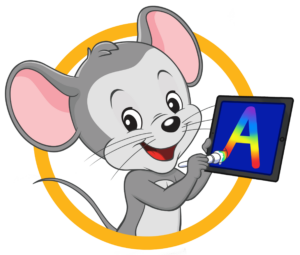
Then just $14.99 a month until canceled
Quick and Easy Sight Word Games
These games are short and effective, which makes it easier for children to hop online to play and learn from them and then log off when needed, whether it’s to eat dinner or read a book with you.
Sight Word Tracing
In this game, children will see a series of sight words to trace with their finger or a mouse. This activity helps children practice sight words, spelling, and letter shapes.
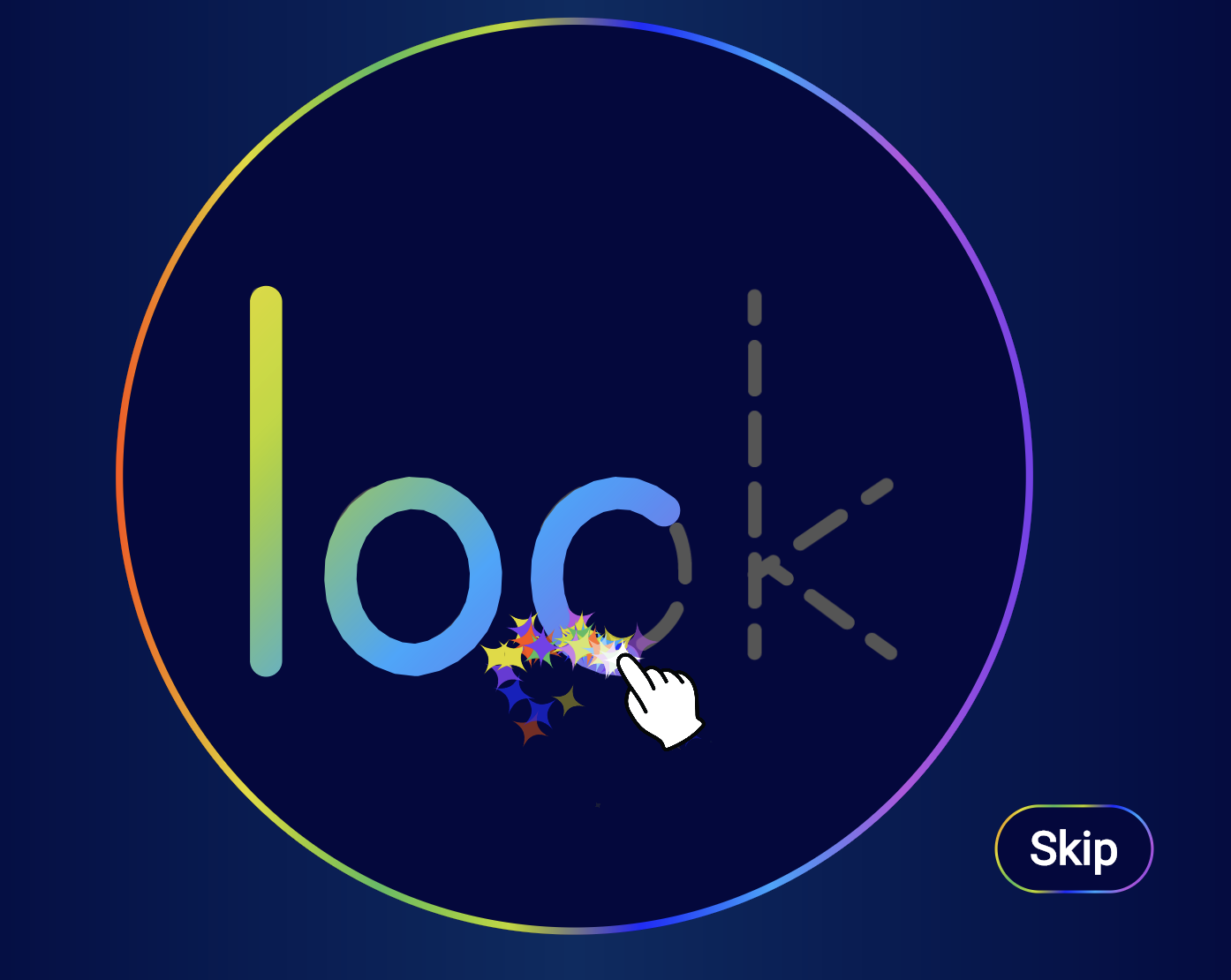
Shrimps in Sight
Children have 60 seconds to “eat” (click on) the sight words they see at the top of the screen and hear being said. The goal is to eat as many sight words as possible.
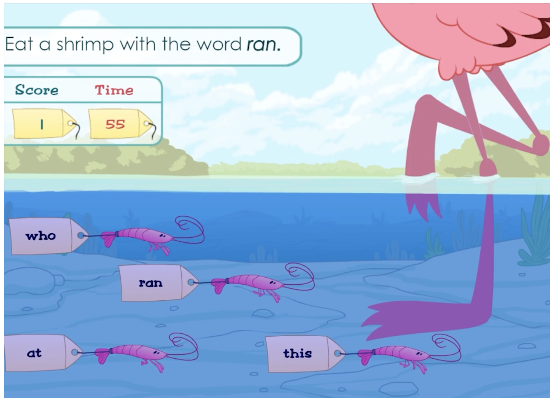
Carla’s Word Path
In this game, children build their sight word recognition skills by helping Carla find her way to the Golden Gate Bridge by reading sight word signs.
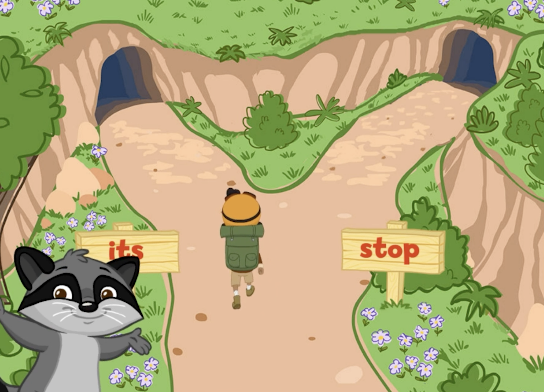
Buggy Sight Words
Players “swat” mosquitoes carrying sight words to advance through the game, “swatting” the mosquito carrying the sight word they hear.
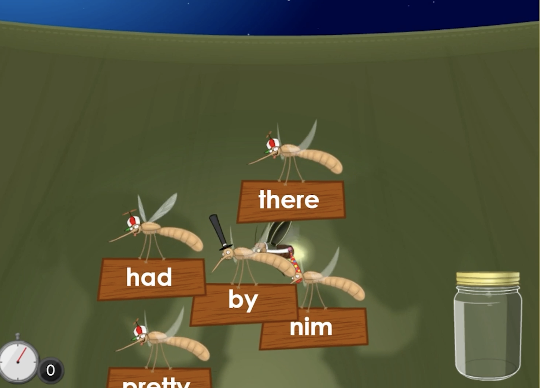
Integrating digital games into learning sight words offers a balanced approach, merging traditional educational methods with modern technology. This creates an opportunity to enhance learning outcomes and prepare your child for additional learning on computers or tablets. We hope these strategies help you incorporate digital sight word games into your child’s daily or weekly learning.
Related Activities
-
Free Printable Early Elementary Pattern Worksheets
Boost early math skills with our free printable pattern worksheets for preschool and kindergarten! Perfect for learning to identify, repeat, and create patterns using shapes, colors,…
-
Hundreds Chart Printable Worksheets
Explore engaging Hundreds Chart Printable Worksheets ideal for second graders to practice math skills like addition, subtraction, and skip counting. Includes a bonus 120 chart for…
-
Shapes Coloring Pages for Kids
Explore free shapes coloring pages for kids! Perfect for preschoolers and kindergarteners to learn and identify shapes like circles, squares, and stars through fun coloring activities.…
-
Reading Worksheets for Second Graders
Enhance your child’s reading skills with our free printable second-grade reading worksheets! Engage them with fun activities on vowel sounds, consonant blends, and vocabulary development. Ideal…
-
Sight Word Bingo Cards
Enhance your child’s reading skills with our free, printable Sight Word Bingo cards. Choose from various card sizes and personalize with words from our curated lists.…
-
PreK Sight Words Worksheets
Explore our Pre-K Sight Words Worksheets for engaging ways to introduce young children to reading. Designed for preschoolers, these worksheets aid in recognizing high-frequency words through…

